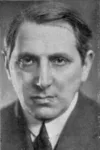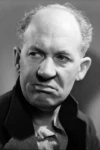Biography
(No Information)
Filmography
all 18
Movies 18
self 1
Composer
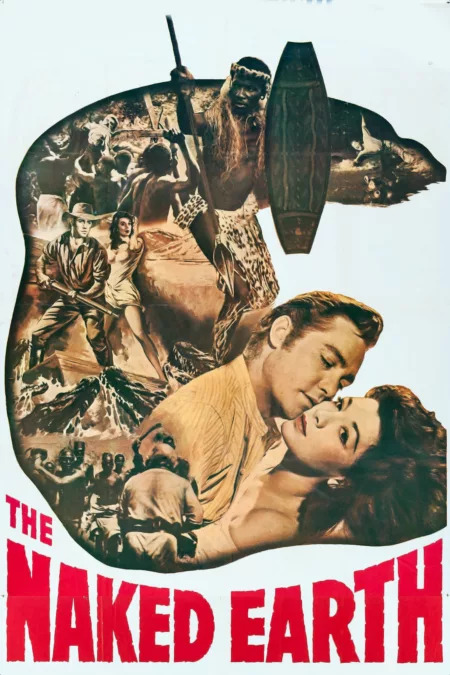
The Naked Earth (1958)
Movie
Composer
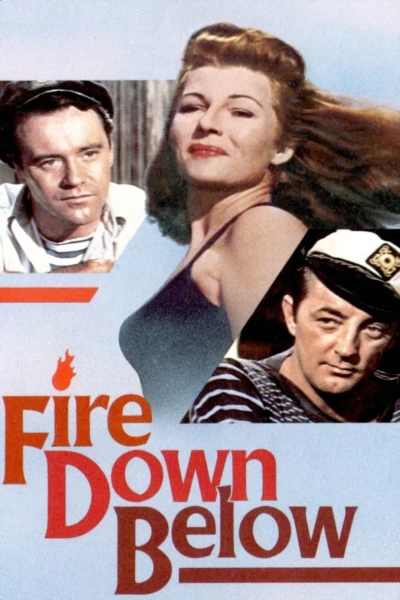
Fire Down Below (1957)
Movie
Composer
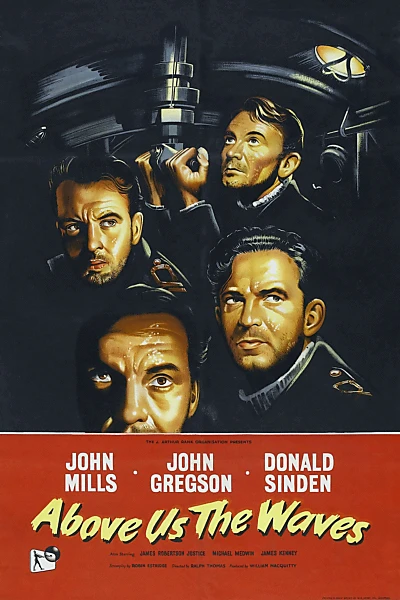
Above Us the Waves (1955)
Movie
Composer
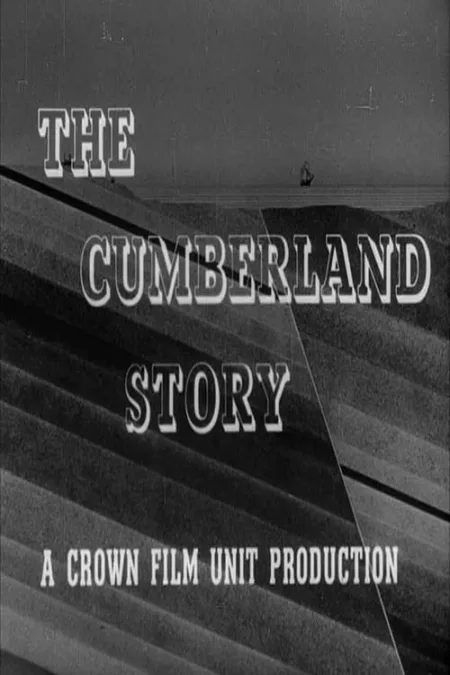
The Cumberland Story (1948)
Movie
Self - Pianist

Steps of the Ballet (1948)
Movie
Composer
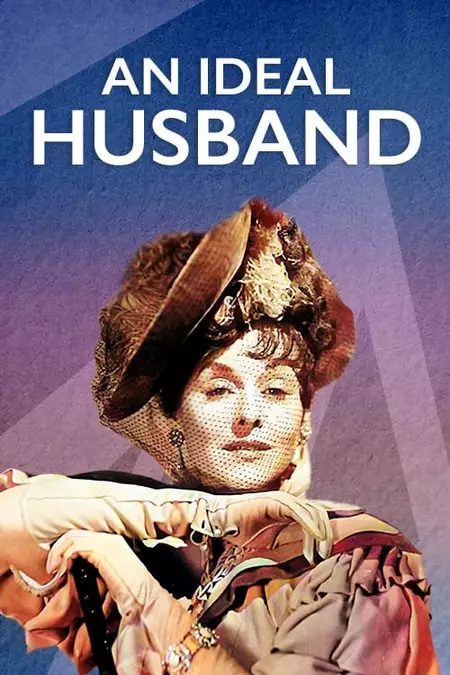
An Ideal Husband (1947)
Movie
Composer
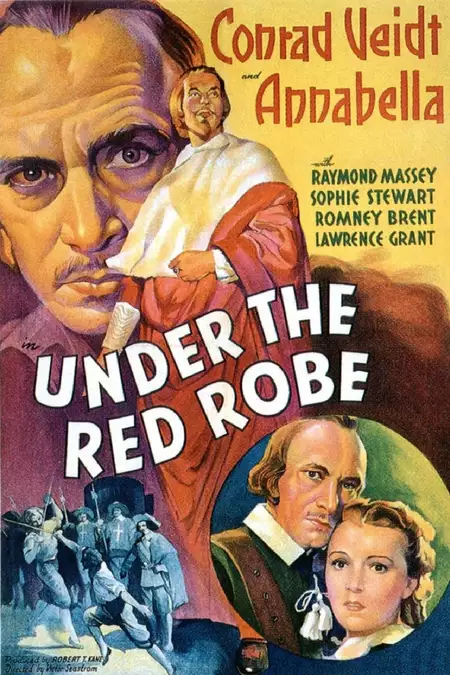
Under the Red Robe (1937)
Movie
Composer

Wings of the Morning (1937)
Movie
Composer
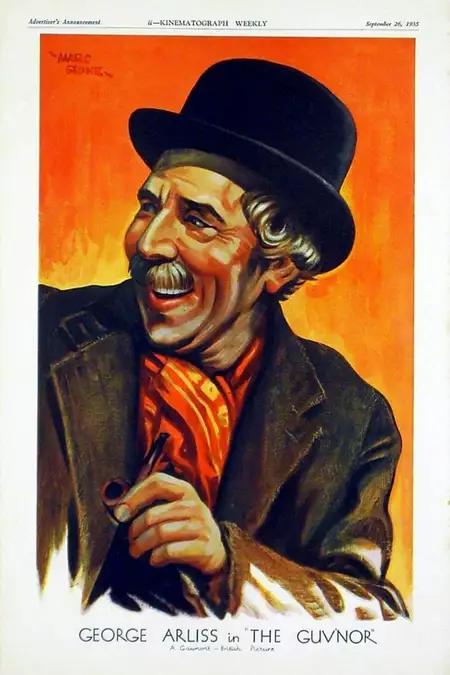
The Guv'nor (1935)
Movie
Composer

Lobsters (1935)
Movie
Composer
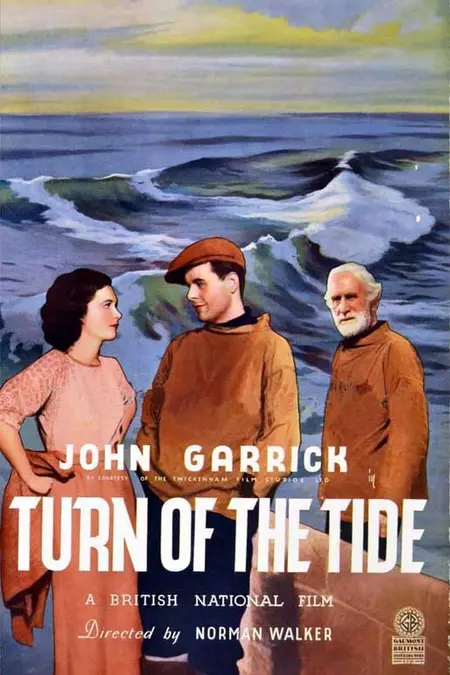
Turn of the Tide (1935)
Movie
Composer
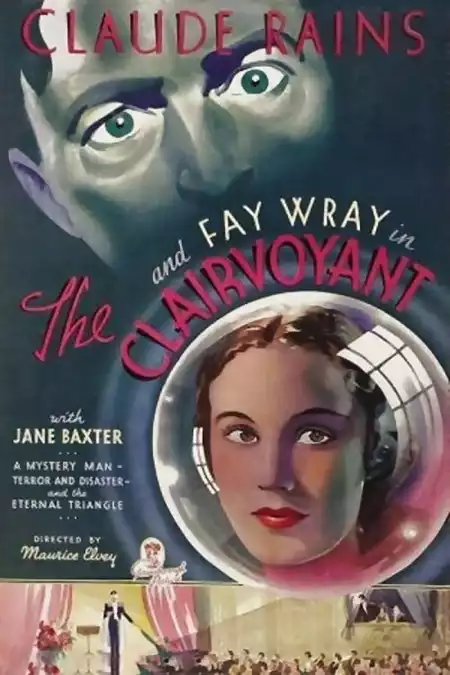
The Clairvoyant (1935)
Movie
Original Music Composer
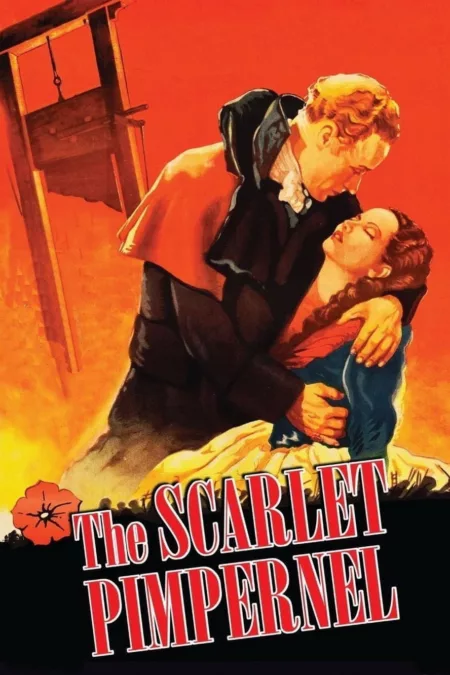
The Scarlet Pimpernel (1934)
Movie
Information
Known ForSound
GenderMale
Birthday1893-09-18
Deathday1960-04-10 (66 years old)
Birth PlaceSydney, Australia
CitizenshipsAustralia
Also Known AsArthur Leslie Benjamin
AwardsWalter Willson Cobbett Medal
This article uses material from Wikipedia.
Last updated:
Image credit: ShortStat, CC BY-SA 4.0, via Wikimedia Commons
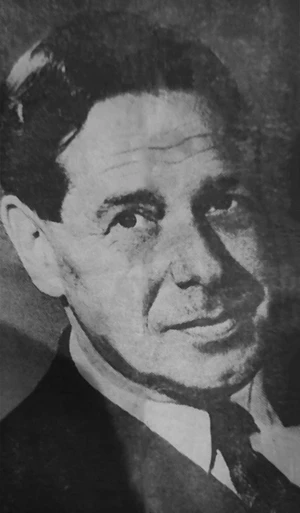 Arthur Benjamin
Arthur Benjamin- Filmography
- Information
- Related Persons
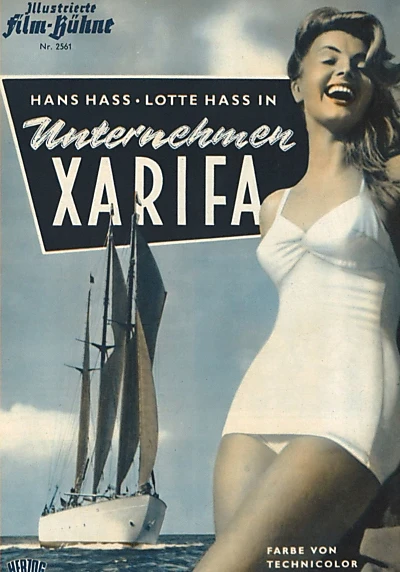
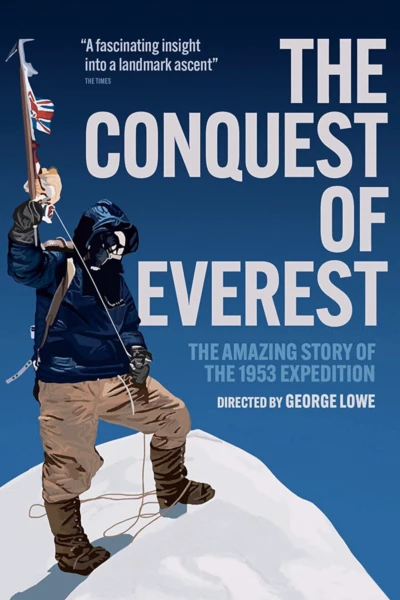
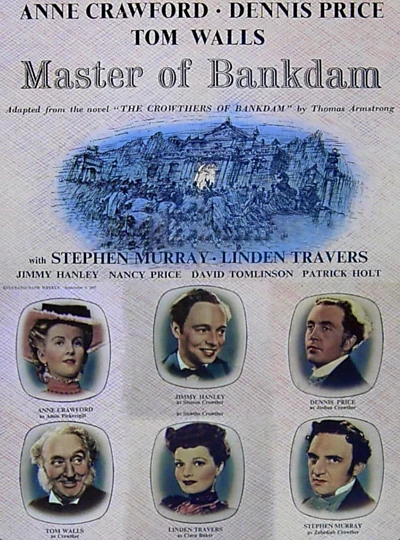
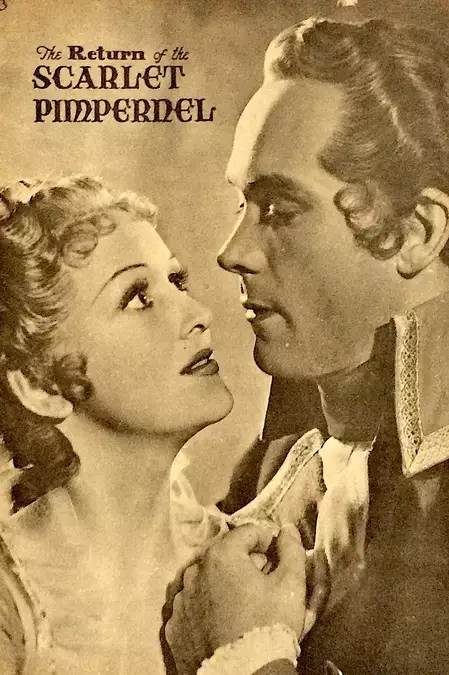
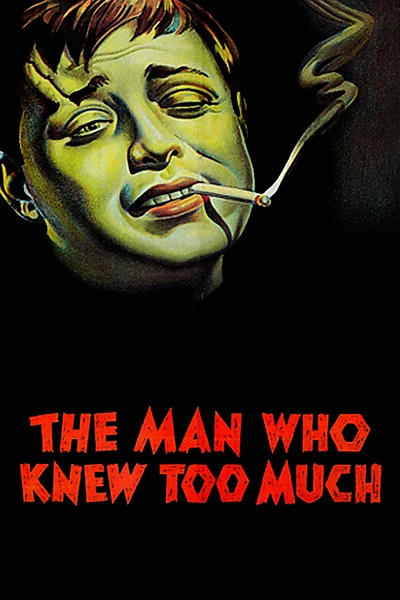

 ,
,